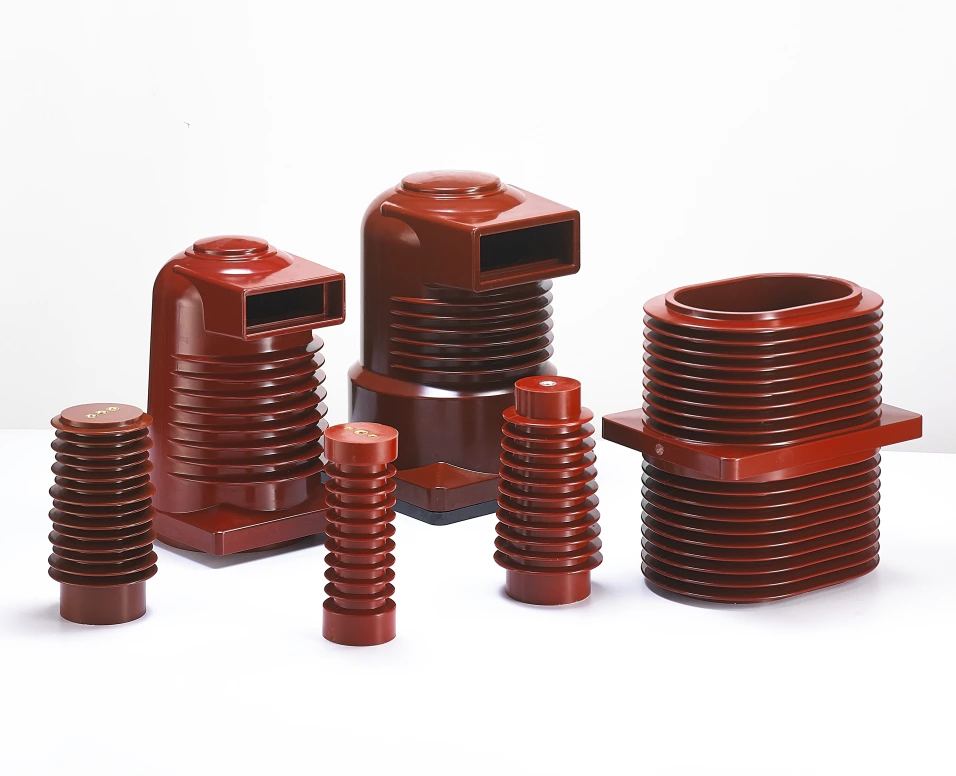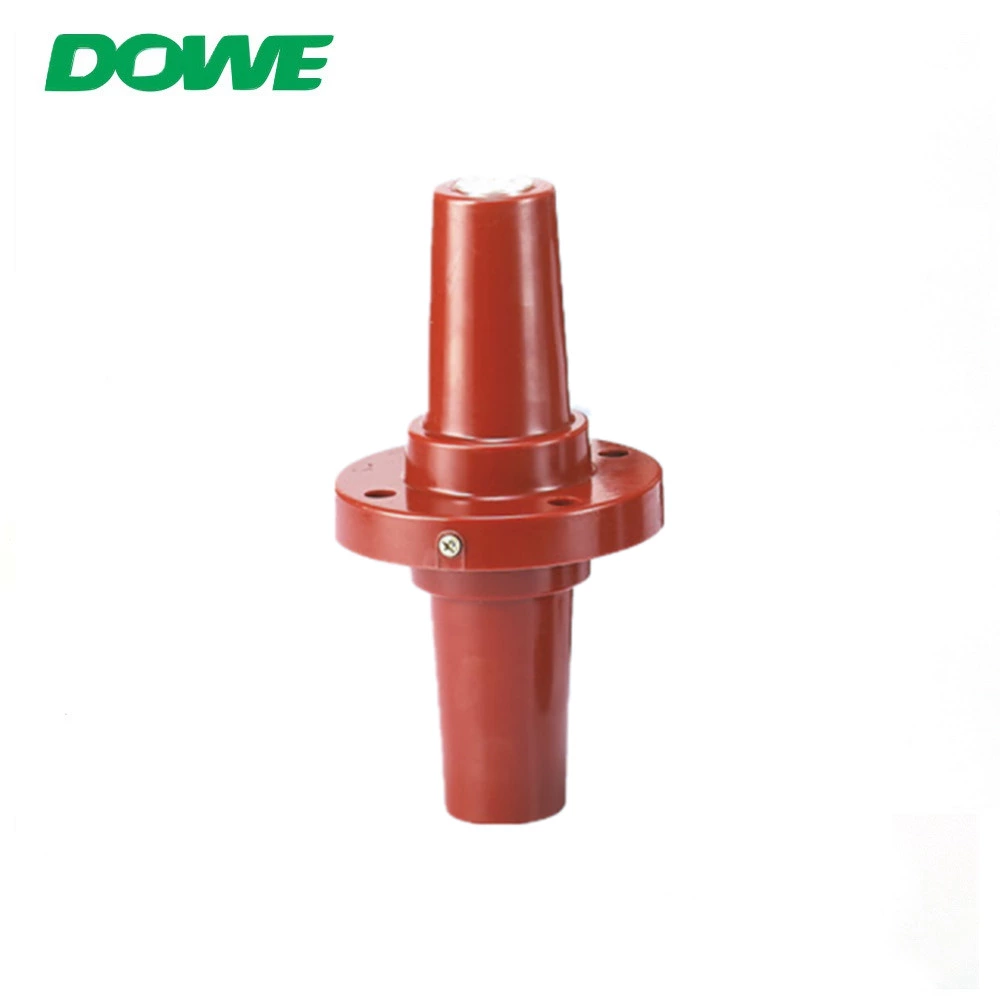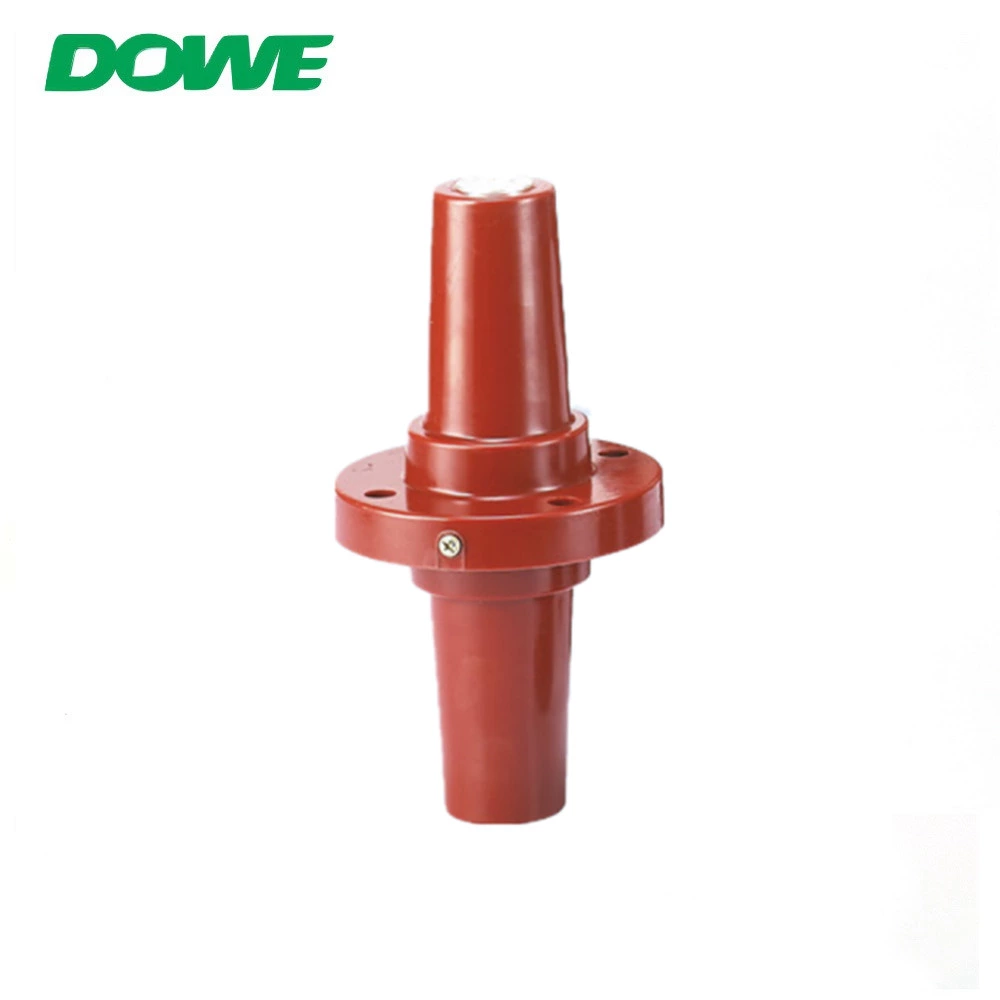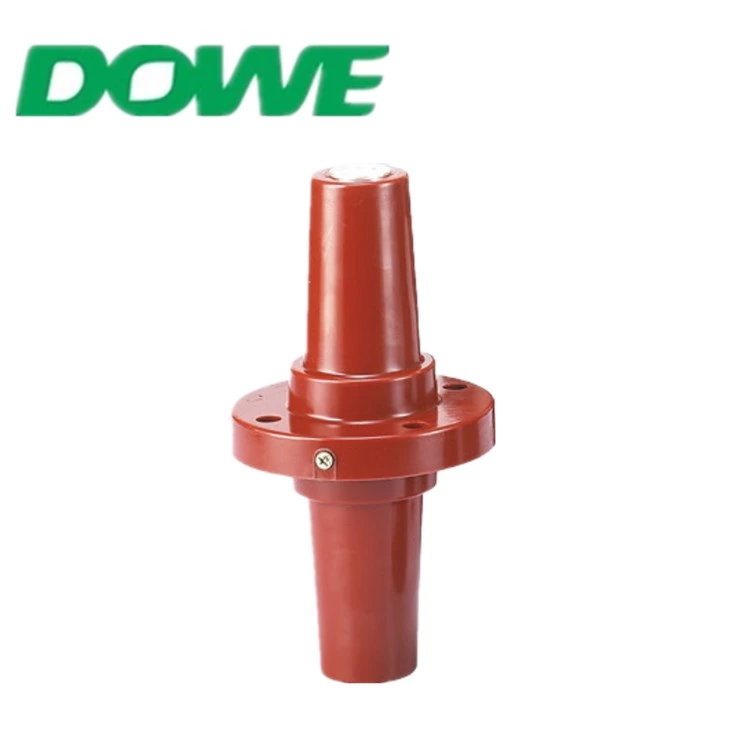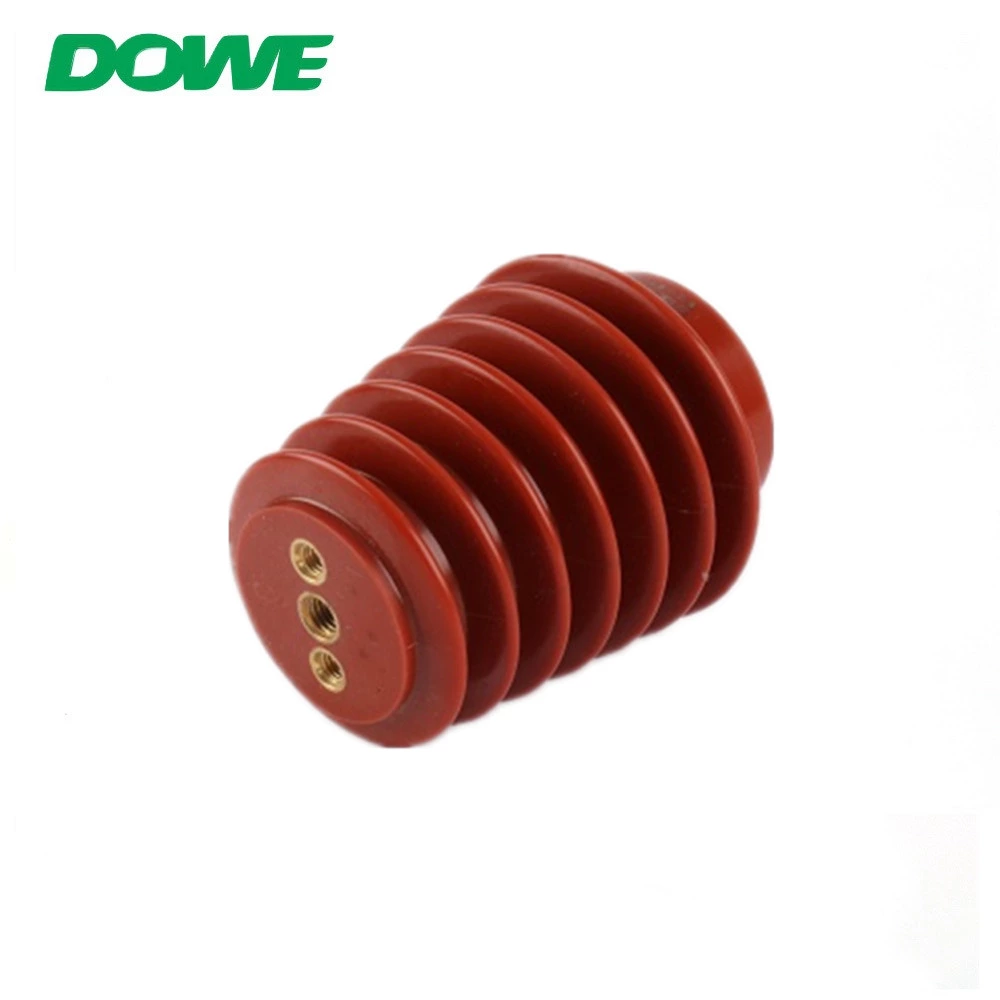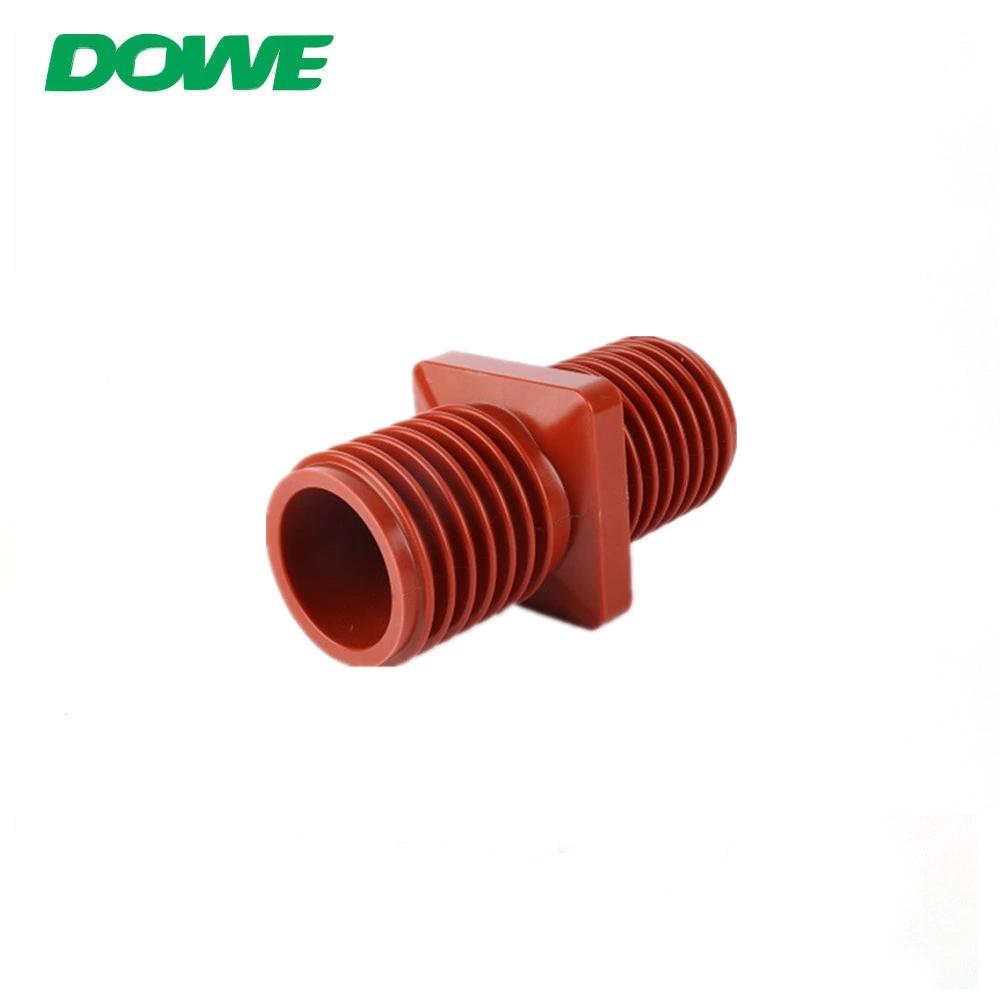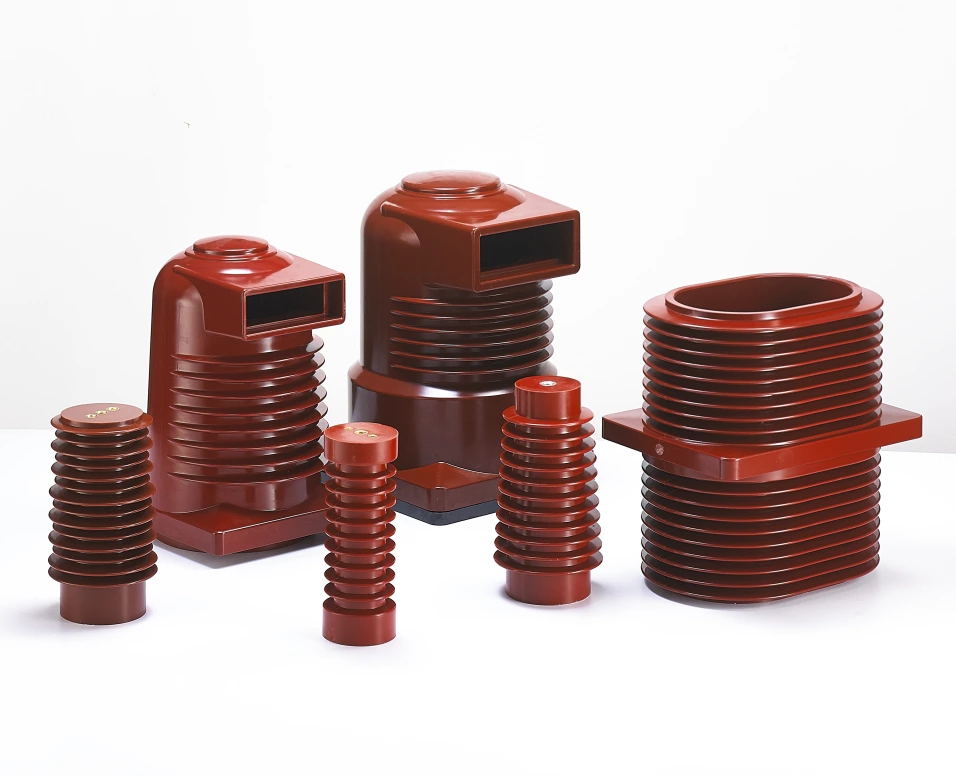Exploring Shrinkage Temperatures Across Different Types of Heat Shrink Tubing
First-time users of heat shrink tubing often experience uneven shrinkage. How to choose a suitable shrink temperature is also crucial, but how to choose a suitable shrink temperature may not be well understood. Heat shrinkable tubes need to be shrunk with the help of third-party shrinking tools. The shrinkage temperatures of various types of heat shrinkable tubes are also different depending on the materials of heat shrinkable tubes. Many users are not very clear about the shrinkage temperature of heat shrinkable tubes. DUWAI heat shrinkable tubes The editor of the tube manufacturer will give you detailed answers on the shrinkage temperature of heat shrinkable tubes.
First of all, the shrinkage temperature of heat-shrinkable tubes has a great relationship with the shrinkage environment temperature, heat shrinkage time, shrinkage distance and product wall thickness. Therefore, the shrinkage temperature of heat-shrinkable tubes has only one shrinkage temperature range, and there is no specific range. Numerical value, the following is a detailed analysis of the shrinkage temperature of various types of heat shrinkable tubes.
1. PE heat shrinkable tube is the most widely used heat shrinkable tube, including double-walled heat shrinkable tube. Its shrinkage temperature also attracts relatively much attention. The shrinkage temperature range is 70℃ to 100℃, and 70℃ refers to the starting temperature. The initial shrinkage temperature, 100°C, refers to the temperature at which complete shrinkage can finally occur. If it is a cold environment, it may take 100℃ to shrink, and in a hot environment, it may be 80℃ to completely shrink. Just remember that the shrinkage temperature of PE and EVA heat shrinkable tubes is 70-100°C. The surface of the heat shrinkable tubes shrunk at this temperature will be very smooth and will not produce wrinkles or bulges.
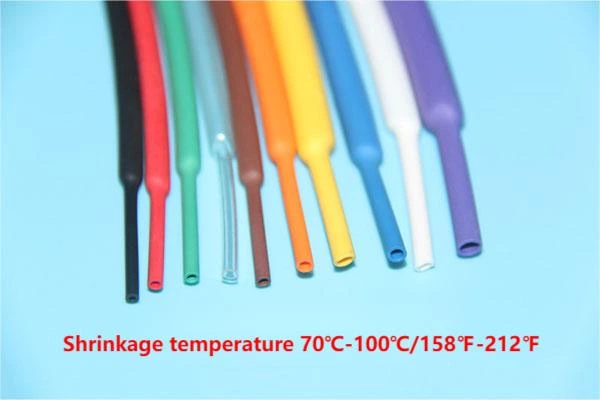
2. PVDF heat shrinkable tubes are often used in precision fields such as medical and are also the backbone of 150-175°C temperatures. Due to the particularity of the material, PVDF transparent heat shrinkable tubes will turn yellow when the temperature is slightly higher, so the shrinkage temperature is also required Attention. The shrinkage temperature of PVDF heat shrinkable tube is 150-200℃, and the temperature range can be slightly adjusted according to the production process and time of the product.
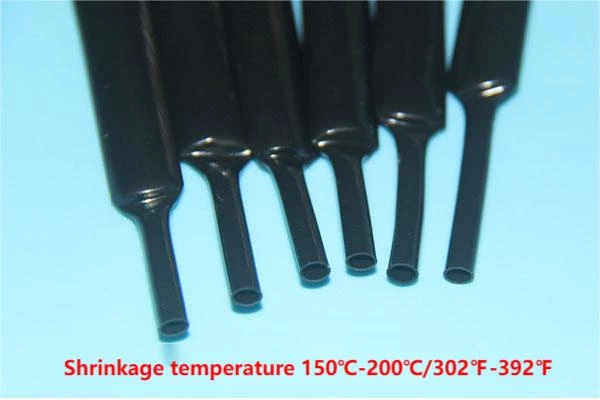
3. Because of its excellent oil resistance, fluorine rubber heat shrink tubing is widely used in high-end fields such as high-speed rail and aviation. Therefore, it is selected for everyone to talk about separately. The shrinkage temperature is also relatively high, 175-260°C.
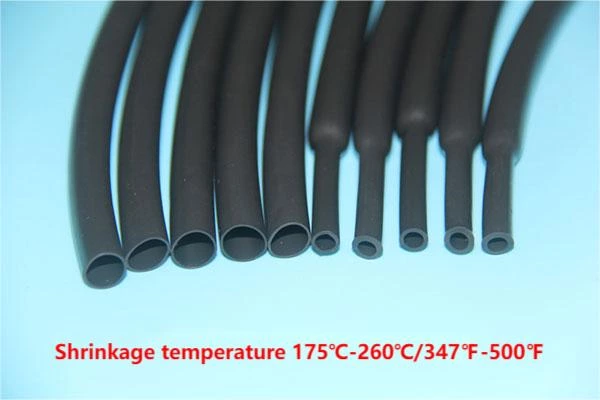
4. As the king of plastics, Teflon heat shrink tube is the leader among heat shrink tubes. Because of its excellent physical and chemical properties and the highest high temperature resistance, the shrinkage temperature is also the highest as you can imagine. If you use a lighter Or the hair dryer cannot complete the shrinkage, so you must use an industrial heat gun. Adjust the heat shrinkage temperature to 300-400°C and heat it until it is completely transparent, which means the shrinkage is completed.
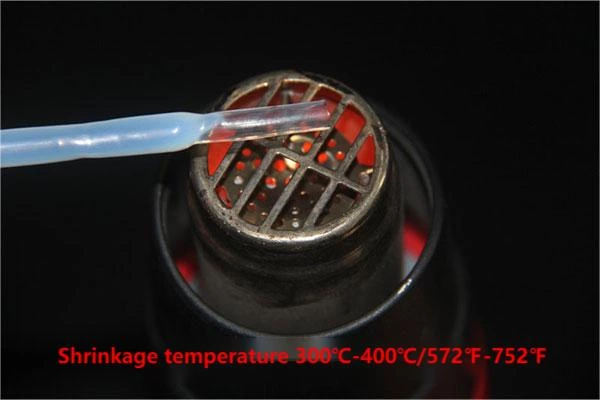
The shrinkage temperature of the heat shrinkable tube is very simple. You only need to set the shrinkage temperature range according to the model of the heat shrinkable tube. If you really don’t know how to choose, you can directly contact the heat shrinkable tube manufacturer DUWAI to provide various insulation protection solutions for free.

